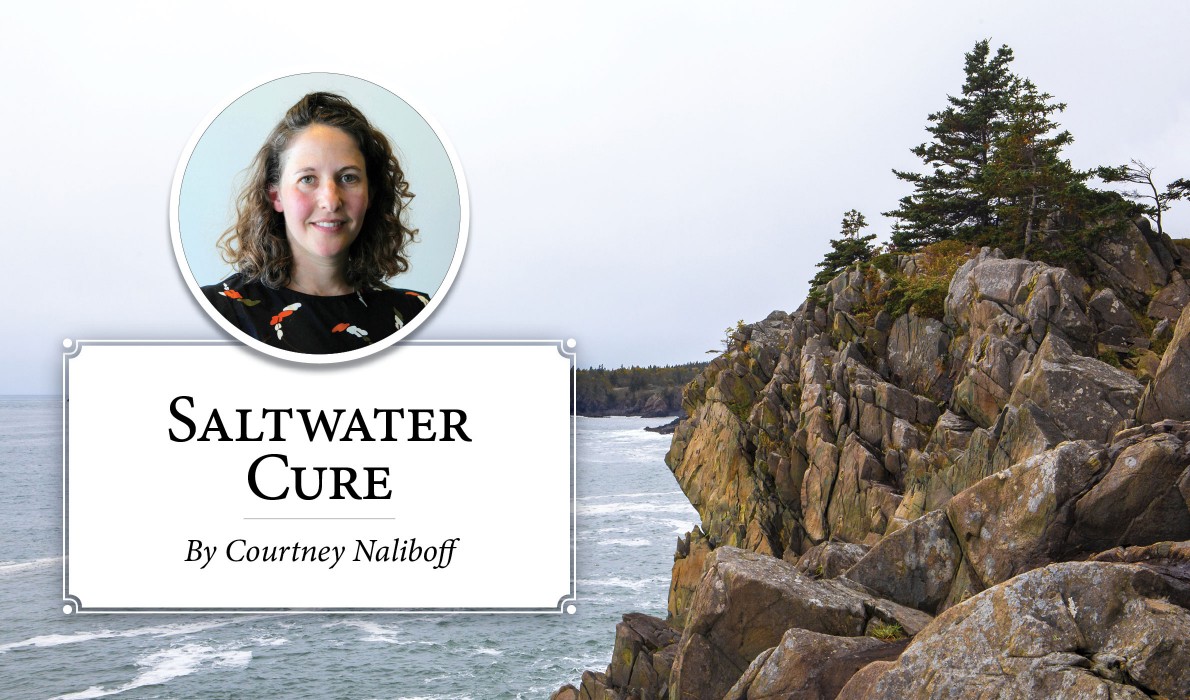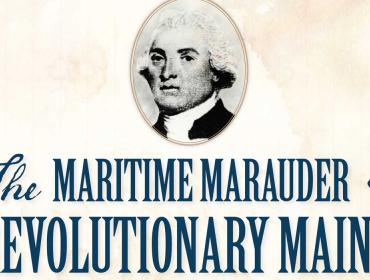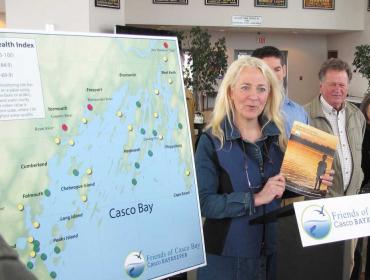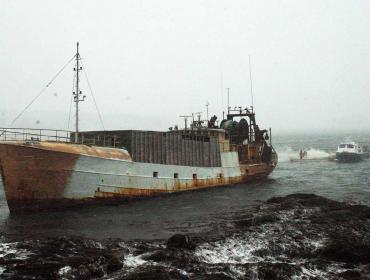Posted September 2, 2020
Last modified September 2, 2020
By Courtney Naliboff
The past six months have been a time of introspection. For lack of places to go and things to do, I’ve spent more time than ever in my yard, exploring every nook and cranny with my daughter, tending to the gardens, spraying Deer Off in vain. We’ve found all the raspberries and currants, picked the two surviving serviceberries, and picked off countless cabbage butterfly caterpillars.
Luckily, July gave us an extraordinary reason to look up and recall the larger world. On a clear night, our phone rang. It was a neighbor, inviting Bill to go out to the North Shore and attempt to capture a photo of Comet NEOWISE as it began its close pass. Even though it was Penrose’s bedtime, we all bundled up and hit the road.
We were one of several cars parked on the side of the road. We had binoculars and Bill’s camera and tripod. We found Ursa Major easily, dead ahead of us, and knew we could use it to find the comet, but as the sunset faded behind the Camden Hills, we were coming up with nothing. Mosquitoes swarmed, and Pen was rapidly losing patience. Bill pulled out his phone and used an astronomy app to finally locate the comet, further south and east than we had expected.
Once we knew where to look, it was so obvious. A long smudge of white, with a denser dot at the end, pointed at a red blinking light in the hills. I had read that the comet was a full 5 kilometers across, and had narrowly missed melting as it passed the sun. It wouldn’t pass this way again for almost 7,000 years.
Bill got a few long exposure shots, which showed us even more clearly the comet’s magnificent tail. Fireflies filled the field behind us and in front of us.
Car lights coming down the road proved to be our new deputy, probably wondering if we were a party or multi-car accident. We explained, and he was intrigued. Maybe he checked it out later that night.
The comet kept rising in the sky that week, and a few days later we went out again, this time with the telescope Penrose got for her birthday from her aunt and uncle. A friend met us in the same spot as before. The comet, however, had moved, and it took a few minutes to find it. I gazed at a wispy streak of cloud for quite a while before finally finding the correct wispy streak.
Bill lined up the telescope and suddenly there it was, filling the lens. I’d read descriptions of comets as “cosmic snowballs,” and that’s just what it looked like. An oblong blob of white. But this blob, this conglomeration of ice and debris, filled us with awe and wonder. Here was something completely separate from the pandemic, cutworms, systemic racism, sharks, murder hornets, fires, and floods that had made this the longest Passover ever.
We took turns peering at it, and when a carload of youths pulled up, we invited them to have a turn. One of them was named after my favorite Star Trek captain, which felt apropos.
Above the woods across the street two bright objects blazed in the sky, and we identified them as Jupiter and Saturn. We saw Jupiter’s moons and the vague football shape of Saturn that indicated its rings. It inspired Penrose so much that now, on almost every clear night, she begs for telescope time.
We still have to put our noses to the grindstone and move through these times, eyes on a vision of a more equitable future. But when things here on Earth seem too hard to bear, the sky is full of moments of escape. Take the time now and then to look up.
Courtney Naliboff is a music, theater, and writing teacher who lives on North Haven with her family.
Contributed by




